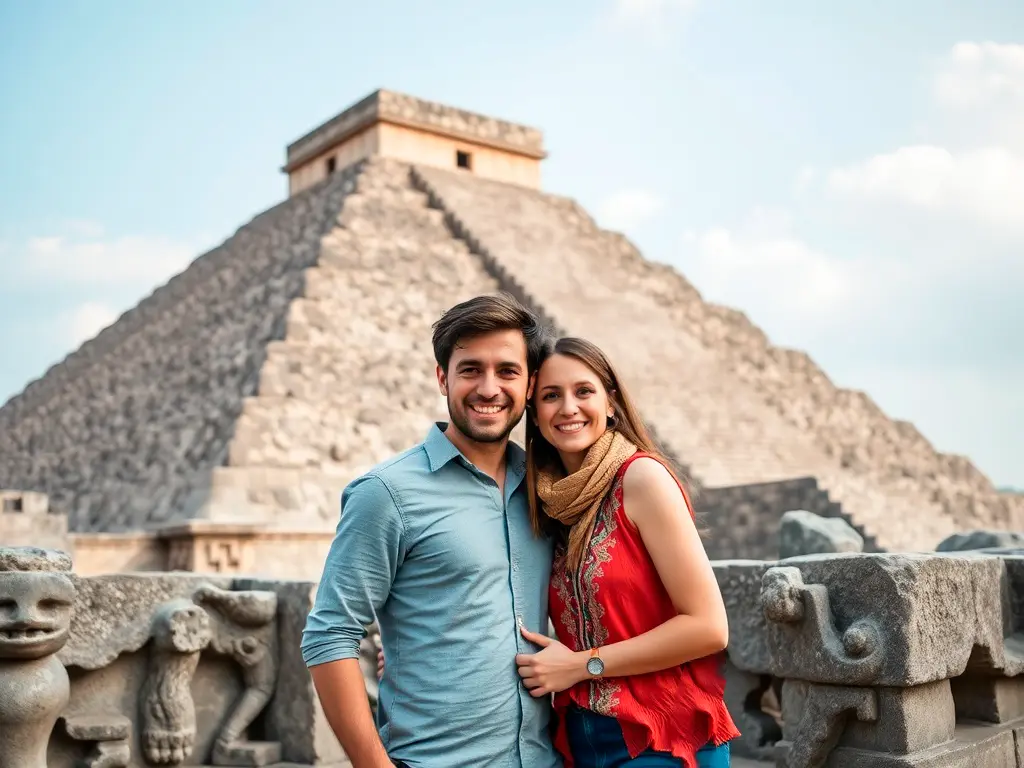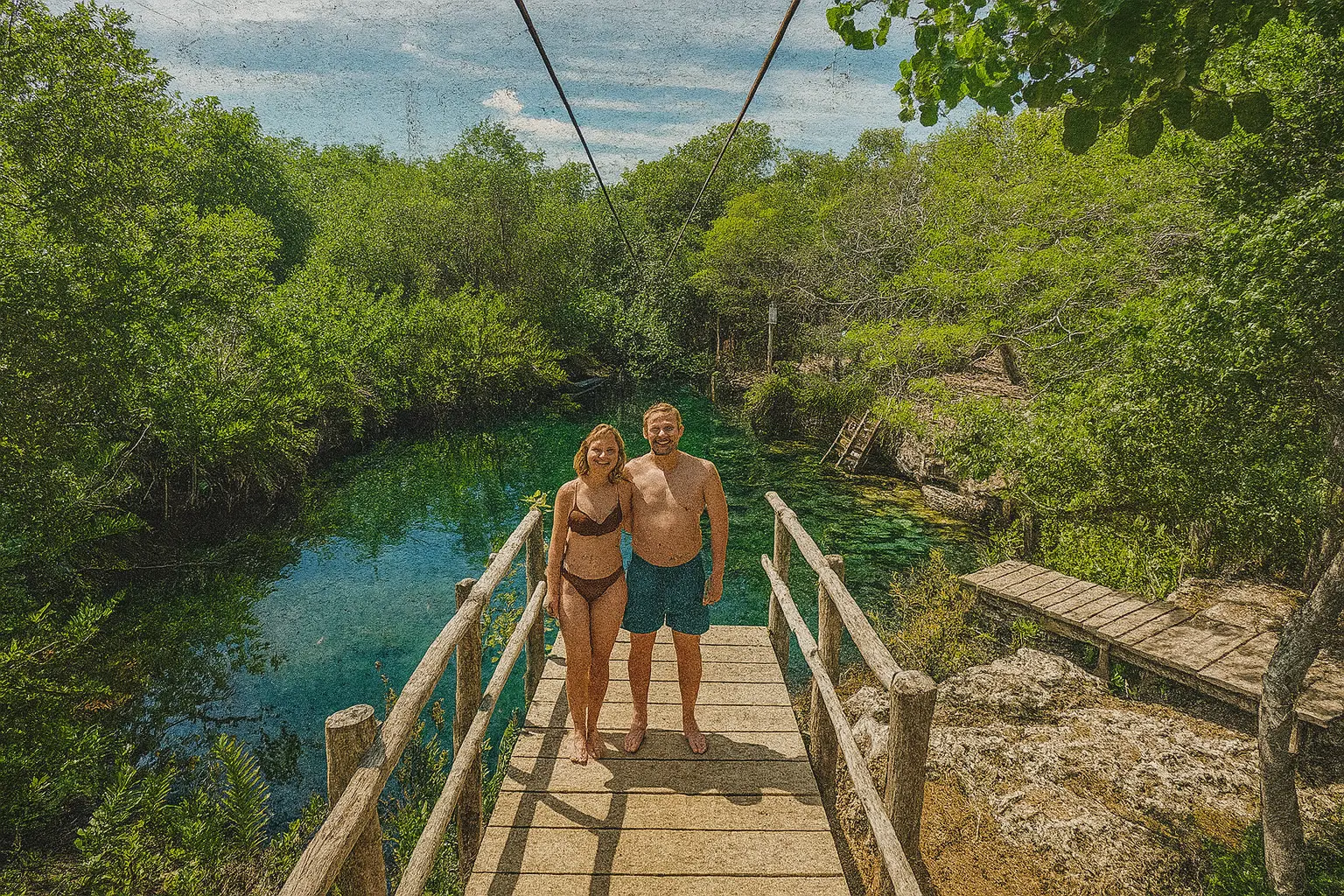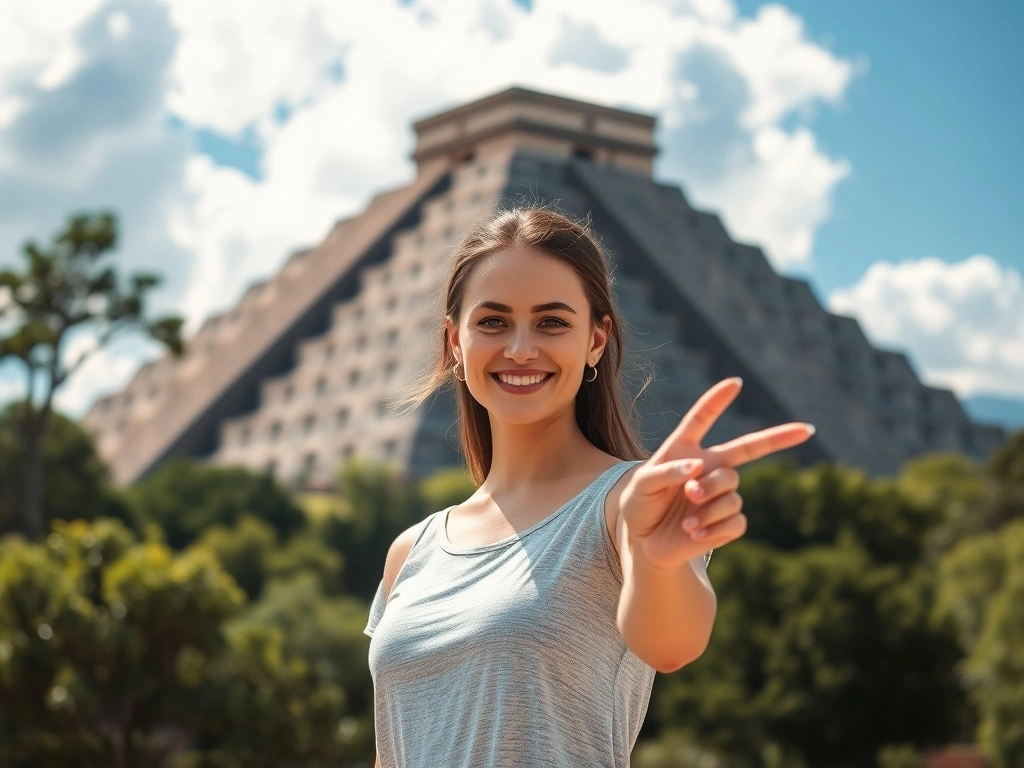From the towering pyramid of El Castillo at Chichén Itzá to the quiet courtyards of Uxmal, Mexico’s archaeological sites are more than photo ops — they’re living narratives of an extraordinary ancient world. This guide is written for the American traveler who seeks luxury, meaning, and effortless access to culture: think curated experiences, private guides, and early-entry visits that let you feel the past without fighting the crowds. Read on for practical timing advice, secrets for skipping lines, alternative ruins that reward curiosity, and subtle ways a private operator like Ile Tours can convert a busy day trip into an unforgettable, exclusive memory. |
Why Mexico’s Ruins Matter to U.S. Travelers
| Heritage, story and the modern-traveler search for depth |
U.S. travelers are increasingly searching for trips that combine comfort and authenticity: well-curated interpretive experiences, boutique hotels, private transfers, and access to sites at times when the place feels personal rather than crowded. Archaeological sites in Mexico deliver that rare combo — dramatic architecture, UNESCO-level significance, and direct cultural connection to living indigenous communities. Recent tourism trends show Mexico’s archaeological tourism growing strongly, with Chichén Itzá alone drawing millions annually — making smart planning essential if you want an intimate, luxury experience rather than a hurried group photo. |
Top Sites — Quick Snapshot (for travelers who like to decide fast)
|
Deep Dive: Chichén Itzá — How to Experience It Like a VIP
| Why Chichén Itzá is still the top draw — and how to enjoy it privately |
Chichén Itzá receives well over two million visitors per year and represents the archetype of a "must visit" Mexican ruin, so timing matters. To savor it in a luxury frame: book a pre-opening private access, arrange a licensed archaeologist as your guide, and include time at a boutique hacienda for a quiet lunch or cenote stop without the lines. Many travelers who attempt DIY day trips encounter long transfer times and crowded mid-day windows — the difference a tailored operator makes is the difference between a checklist visit and a memory you can feel.
|
Uxmal & the Puuc Circuit — A Quieter, More Intimate Option
Uxmal rewards the traveler who prefers subtler grandeur: exquisitely carved facades, broad plazas and a visitor pattern that rarely spikes like Chichén Itzá. Because Uxmal receives fewer coachloads, it's perfect for private guided walks at sunset, photography sessions, and pairing with local culinary experiences in Mérida — a refined city that’s becoming a favorite for luxury travelers exploring Yucatán. Nationally respected travel outlets regularly recommend pairing Uxmal with smaller sites in the Puuc region to create a cultured, less-rushed itinerary.
|
Alternatives Worth Considering: Ek Balam, Calakmul, & Beyond
If your goal is drama with privacy, consider Ek Balam (climbable acropolis and stellar carvings), Calakmul (remote and epic — think true jungle exploration), or Mayapan and Cobá for unique access and fewer buses. Travel writers and specialty sites now highlight these as smart alternatives for visitors seeking authenticity and fewer crowds. These sites are ideal for travelers who want active exploration combined with boutique lodging and private transfer logistics. |
Practical Logistics, Safety & Budget Planning
| How to travel comfortably, safely, and smart |
For U.S. travelers prioritizing comfort and safety, the most efficient strategy is to consolidate transport, local permits, and expert guides into one premium package. Yucatán’s tourism surged post-pandemic and infrastructure improved, but high season still brings crowd management and occasional reservation systems at flagship sites — planning ahead saves time and stress. Choose private transfers, reputable guides with licensed credentials, and hotels that provide secure luggage handling and concierge services.
|
Excursions, Extensions & Final Verdict — Which Base Is Right?
Choosing Cancún or Mérida as your base depends on the tone of your trip. Cancún is ideal if you want beaches + quick access to Tulum and Isla Mujeres; Mérida is the cultured, slower base for food, colonial architecture and easy access to Uxmal and the Puuc circuit. Want both? Combine a luxury coastal stay with a cultured Mérida interlude — a popular approach for travelers wanting variety without friction.
|
Insider Tips — Maximize Comfort & Minimize Lines
|
SEO & Trend Notes (brief, for transparency)
Recent web trends and travel reporting (2023–2025) show rising international arrivals to Mexico, a sustained spike in Yucatán tourism, and continued dominance of Chichén Itzá among archaeological site searches — insights used to shape keywords and headings in this post. These trends guided phrase selection like “best time to visit Chichén Itzá,” “Uxmal private tour,” and “luxury archaeological tours Mexico” to align with what affluent U.S. searchers are typing today. |
Site Profiles: Chichén Itzá, Uxmal, Ek Balam & MoreWhen planning a luxury archaeological tour, you want more than just the “big names” — you want to know what each site *offers*, what vibe to expect, and how to choose ones that match your travel style. Here are profiles of some of the most sought-after ruins, along with comparisons and insights into which is right for *you*. |
| Chichén Itzá: Fame, Crowds & How to Do It Right |
Chichén Itzá is Mexico’s archaeological rockstar — instantly recognizable, UNESCO-listed, and among the most photographed ancient sites in the world. For many U.S. travelers, it’s the must-see landmark that delivers iconic pyramids, mythic stories, and big-scale wonders. But fame comes with crowds, midday heat, and logistic challenges.
Ideal for travelers who want the headline ruins and vivid cultural photos — those who don’t mind some bustle in exchange for seeing one of the world’s great ancient wonders. |
| Uxmal: Puuc Architecture & a Less Crowded Experience |
Uxmal shines for its graceful proportions, ornate Puuc style architecture, softer visitor flow, and a soothing ambiance. It’s perfect for those who appreciate detailed sculptural work, symmetric façades, and prefer to explore without feeling rushed.
Best for travelers interested in beauty of form, architecture lovers, photographers, those wanting culture + calm rather than crowds. |
| Ek Balam, Cobá, Tulum: What They Offer & How They Compare |
For travelers craving variety beyond Chichén Itzá and Uxmal, Ek Balam, Cobá, and Tulum each bring something unique — from climbable ruins in lush jungle, long-lost roads under trees, to ruins by white-sand beaches. They allow you to mix archeology with adventure, nature, and relaxation.
If you want the grandeur of Chichén Itzá with fewer people (choose Ek Balam), or the beach plus ruins drama (Tulum), or a walk-in jungle sense of discovery (Cobá), these sites let you customize your pace. |
| Which Type of Traveler Fits Each Site Best |
Not all ruins are the right fit for every luxury-seeking traveler. Think about how you prefer time spent, travel pace, comfort level, and desired experience before choosing which sites to include in your itinerary.
|
Choose the ruins that reflect your curiosity, then experience them with elegance.
Planning the Visit: Timing, Access and LogisticsGreat archaeological experiences are made by thoughtful planning. Knowing when to visit, how to reach each site in comfort, and how to stitch multiple destinations together will elevate your trip from good to unforgettable. Here’s a luxury-oriented guide to help you plan wisely. |
| Best Time of Year to Visit Each Site |
|
| Hours, Climate & Tourist Flow |
|
| Access from Mérida, Cancún, and Riviera Maya |
Choosing your base matters when logistics, comfort, and travel time are part of your luxury calculation. Here are recommendations for access routes and how to minimize travel friction.
|
| How to Combine Multiple Sites in One Itinerary |
Ile Tours specializes in designing these multi-site combinations so you experience the best of history, nature, and luxury without feeling rushed. Let the logistics be handled while you absorb the moments. |
Travel smart means timing, access, and balance — that’s where luxury shines brightest.
Making It Meaningful: Guides, Context and AlternativesSeeing the stones is one thing. Understanding their stories, the people who built them, and how they remain alive today is another. For U.S. luxury travelers who want depth as well as beauty, here’s how to make your archaeological experience truly meaningful — enriched with guided insight, cultural context, and lesser-known alternatives that offer big rewards. |
| How to Avoid a Superficial Visit |
|
| Specialized Guides, Historical Context & Local Narrative |
Choosing the right guide is among the most potent ways to add depth. Seek out historians or archaeologists who specialize in Mayan culture; ask if they can share stories rarely found in mainstream tours (such as Mayan cosmology, political structure, and regional trade networks). Local voices often bring layers of meaning — community elders, indigenous interpreters, craftsmen — whose perspectives illuminate everyday life past and present.
|
| Less-Known Alternatives with High Cultural Value |
For travelers who want something beyond the “top five” ruins, there are many places that deliver cultural richness, peace, and discovery — without the crowds. These hidden gems often lie off the main tourist tracks, but they reward those who make the effort.
|
| Conclusion: How to Choose According to Your Travel Style |
Your travel style — what you value most (comfort, solitude, narrative, adventure, aesthetics) — should be the filter through which you choose which sites to visit, how long to stay, and what kinds of guides or extensions to include. Luxury travel is not about seeing more; it’s about experiencing deeper.
|
A tour becomes a story when you travel with intention and insight.




